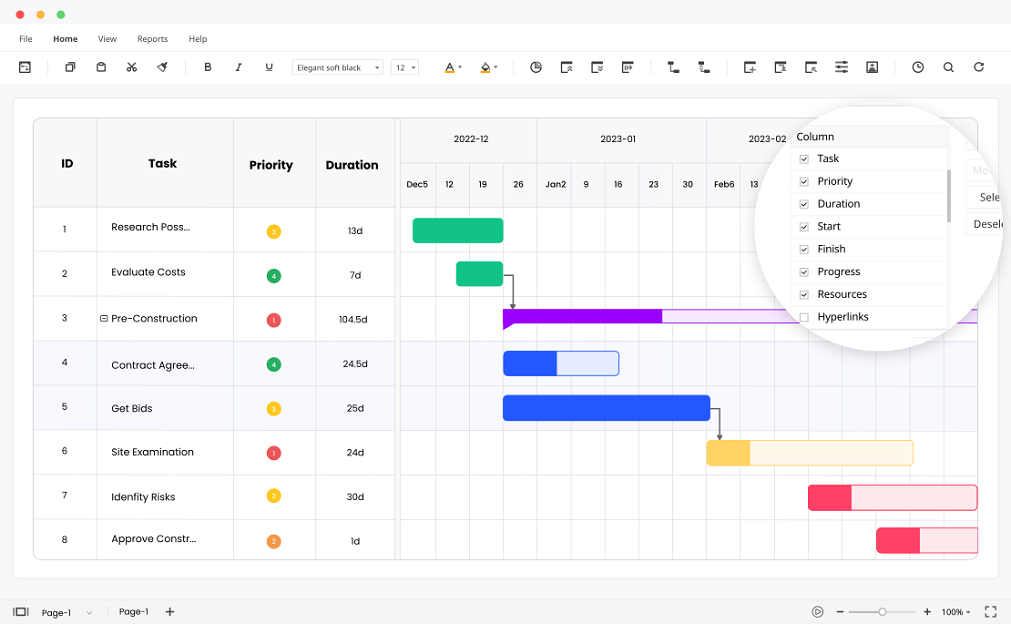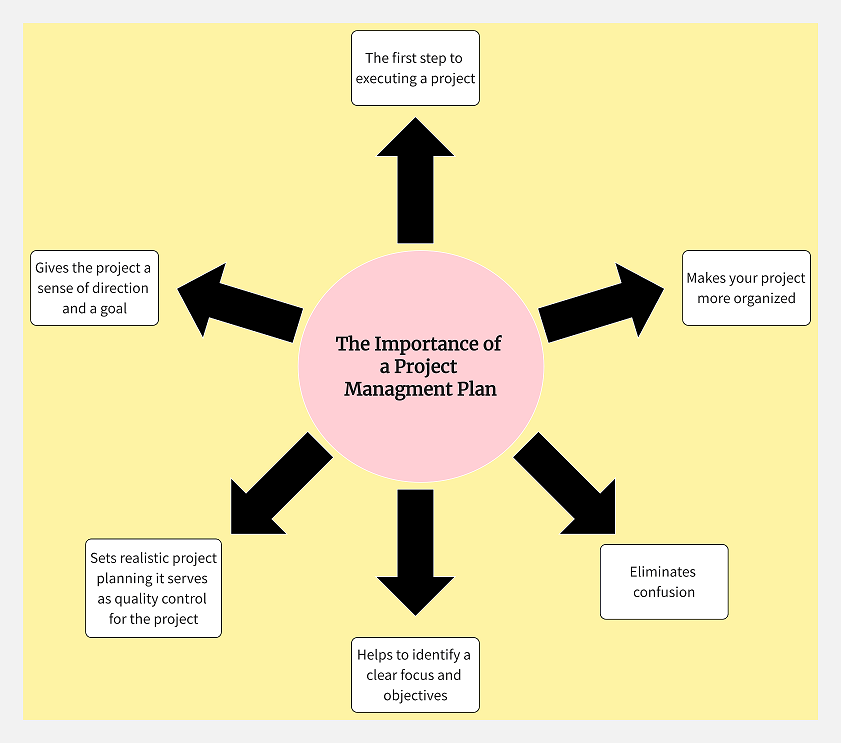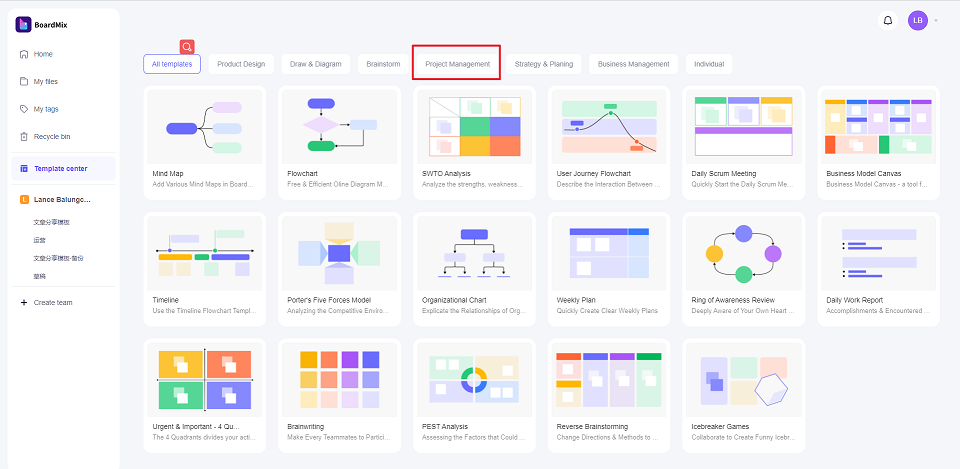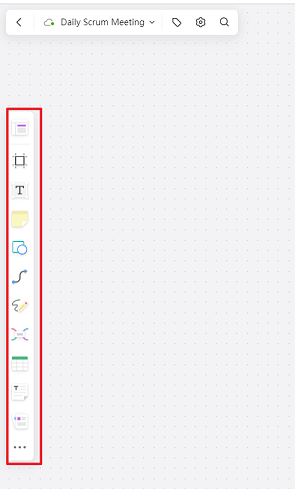A project management plan is an essential ingredient for the success of a project. A project with everything going for it, from money to time, but has no proper planning on how to regulate and carry out the project, will most likely fail. Anybody who has ever been in a failed project can attest to frustration after all the effort and time spent on the project.

Part 1: What Is a Project Management Plan
Projects are carried out all year round, in one way or another. However, to carry out a project, there are phases and a hierarchy of steps. A project management plan is done in the early stage when planning how to carry out the project.
1.1 What Is a Project Management Plan
A project management plan is a formal plan on how the execution of a project will go. It involves planning the budget, timeline, scope, risk assessment, roles, and responsibilities for the project execution. The key stakeholders must approve the project plan, which is carried out per the project management plan.
1.2 The Importance of a Project Management Plan
Just like a general going to battle must have a battle plan, a project management plan is just as crucial to a project. Without a plan, the project will be like a ship without a captain. It does not have a direction and follows the wind, even if it leads over a cliff. The importance of a project management plan to a project is as follows:
- It gives the project a sense of direction and a goal.
- It is the first step to executing a project.
- It makes your project more organized.
- It eliminates confusion by clearly defining everyone’s roles and responsibilities.
- It helps to identify a clear focus and objectives.
- It sets realistic project planning it serves as quality control for the project.

Part 2. How to Write a Project Management Plan Step By Step
Writing a project management plan is what trips up a lot of project managers. Now you wonder what to do and how to do it. The importance of a project management plan also makes many people hesitate. They think it has to be as perfect as heaven and dawdle at starting. At the same time, others fail because they fail to attach importance to the project management plan.
2.1 Things You Need To Know Before Writing a Project management plan
Here are things you need to know before you start writing your project management plan.
- Clearly define Everyone's roles and responsibilities. To prevent confusion when you start your project, clearly define each person's role. Each objective should have someone responsible for its completion. To do this, you must identify your potential workload for each goal, then put the appropriate personalities in charge.
- Identify key players in your project. Identify the people who will be impacted by the result of your project the most. This includes the end consumers who will use the project’s output. It would help if you considered the opinion of your key stakeholders, what they want and how you will achieve this in your project. It is essential to keep these people informed and engaged on the status of your project execution.
- Determine the key milestones in your project. Identify the signs that show that your project is moving forward successfully. You can also break down your overall objective into smaller pieces with a clearly defined goal. This helps you to monitor your progress clearly, and celebrate the small wins that lead you to your final objective.
- Identify the consequences of the project’s failure. Identify the consequences of failing a section of your project. What roadblock will that failure cause, and on what scale will it affect the realization of your project? This will help you better prepare for these eventualities so that you can deal with them. In simple words, it means making a plan b.
- Identify the project’s baselines. This is the first step to writing your project management plan, identifying the key factors that will play a role in your decision-making for your project. This includes knowing the baselines for the scopes, timelines, budget, e.t.c. This will help you identify the limits for each section of your project management plan.
2.2 How to Write a Project Management Plan
The project management plan is not a one-time write-up. It requires several revisions and additions and is subject to change in the middle of the project. The management plan is a result of several essential components combined to become one. Therefore you need to do the details first, most of which have a defined process as stated in the PMBOK guide.
Here are the steps to creating a project management plan:
Step 1: Identify the Goal
At the start of your project, determine a specific goal you aim to achieve by the end of your project. This might be deliverables or more abstract results like increased productivity, motivation, and others. Your goal should be measurable, time-bound, and achievable.
Step 2: Use a High-level Project Plan Template
You are not the first person to need a project management plan. So many people have done it, and there are now templates for you to follow. Find a high-level template in tandem with your project and develop your management plan.
Step 3: Collect Data From Key Stakeholders
Ultimately a project aims to solve some pain points for the key stakeholders. This includes the investors, the company executives, and the consumer. Get reviews, suggestions, and more valuable data from the key stakeholders. This data will help set the overall tone of your project because it will aim to work to what the key stakeholders want.
Step 4: Identify your Project Baseline
To properly plan your project, you must know your limit. You should be aware of what your baseline is for your budget, scope, timeline, and more. For example, if the baseline for your timeline is three months, and you set four months in your project management plan, this might fail your project. You should know the limit for each process in your project plan.
Step 5: Plan the Project Structurestrong
Your project will happen in stages. Therefore you have to plan what should come before what. You should know what your project will start with and end with. This will facilitate the availability of resources for the right stage at the right time.
Step 6: Identify Key Project Roles
Identify critical roles in your project, like a spokesperson, team leader, and others. After identifying these roles, assign the most qualified personnel to do the job in record time.
Step 7: Determine Deliverables
Identify the deliverables in your project so that you know what you are working towards and how to create the best version of your product.
Step 8: Use a Gantt Chart to Keep Things Organized
The organization is vital in business, especially management. For easy access and understanding, develop a Gantt chart to keep things in a clear and accessible format.
Step 9: Distribute your Project Management Plan
Now that your product management plan is done distribute a copy to all stakeholders and team members. This will ensure everyone is on the same page and knows precisely what is expected of them during your project execution phase.
Part 3: A Tool for Creating a Project Management Plan
Many tools can make creating a project management plan more straightforward for you. An example is Boardmix, which integrates various tools to boost team efficiency. With it, you can create a project management plan in quick and easy steps.

Here is a list of steps to create a project management plan with Boardmix.
Step 1: Go To Template
Log in to Boardmix and head to the template center. Here you can select from a wide array of templates for your project management plan.

Step 2: Select Project Management Template
Boardmix is an online whiteboard rich with many features, and a project management plan is only one of them. Therefore when you get to templates, select project management, as seen in the image below.

Step 3. Choose Daily Scrum Meetings
After clicking on project management, you will be presented with new options. Proceed to daily scrum meetings in the options. Or, you can create your own project management plan using the utilities in Boardmix's editing page.

Step 4. Fill in the content
Use the template to fill in the appropriate information for your schedule and meetings. Now you have your daily scrum meeting and can accurately track the progress of your team and record it.

Conclusion
A project management plan is simply a methodology used to plan the process of a project formally. It ensures the smooth running of a project and is essential at the project's planning stage. Planning a project management plan includes identifying the goal, using a template, collecting data, identifying the baseline, and using a gart chart to organize the schedule. Once you get started with Boardmix, you will realize creating a project management plan is easier than you thought.














